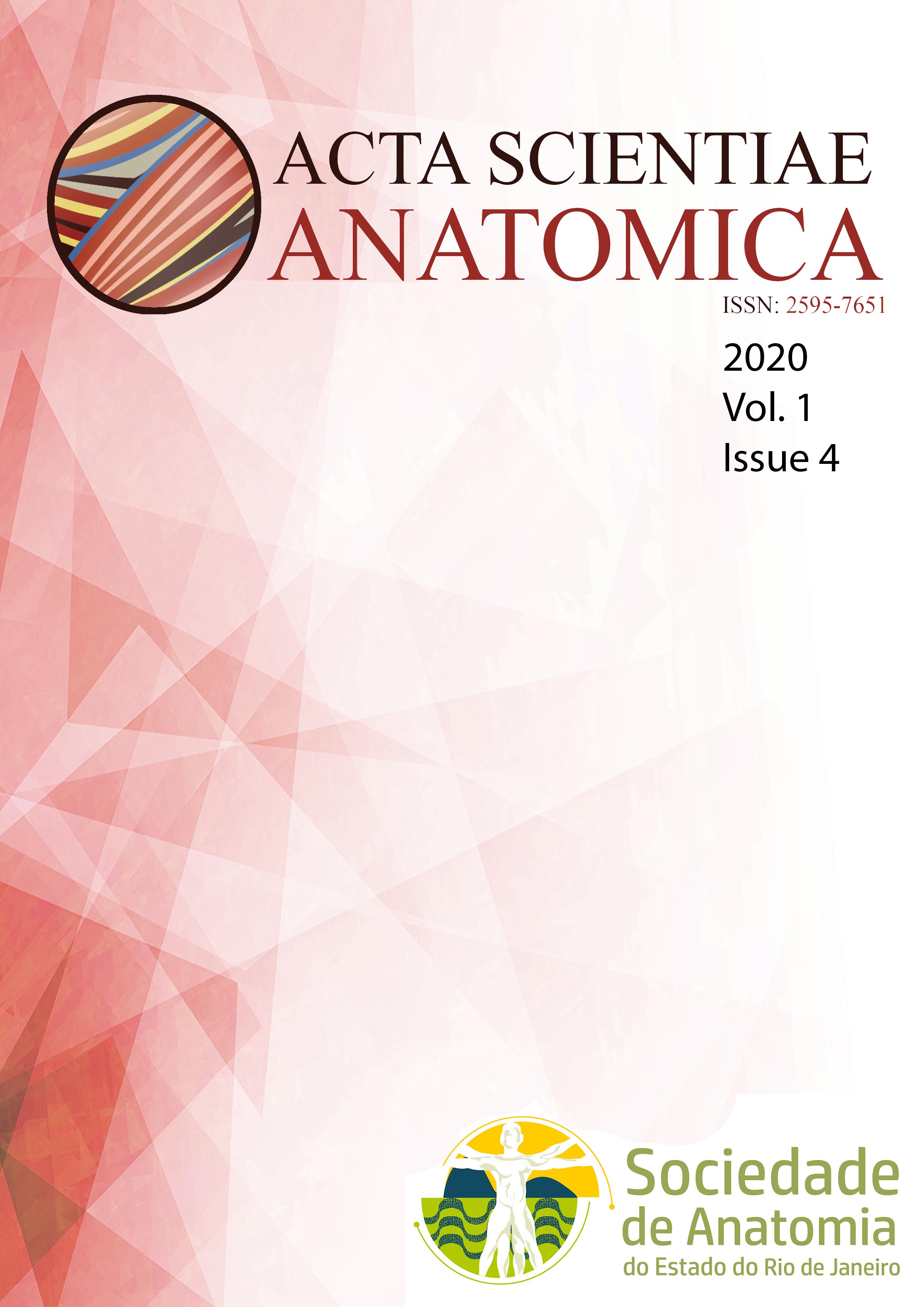Can a tannic acid-based solution substitute formalin as a fixative for macroscopic specimens?
DOI:
https://doi.org/10.65053/asa20200402Keywords:
alternative solution, dissection, formaldehyde, tannic acid, toxicityAbstract
Introduction: The most famous pedagogic tool to teach anatomy is the dissection. Despite recent models with fresh cadavers, dissection mainly occurs in formalin fixed specimens. However, this substance is known to be toxic. Several alternative solutions appeared in the last decades, although most of them are used in microscopic studies, as such, the macroscopic environment remains in need of a new alternative capable to replace the formaldehyde. The study conducted herein proposes the use of this solution as an option for formaldehyde replacement. Material and Methods: 8 Wistar rats were fixated in a 10% formalin solution and 8 rats were fixated in a tannic acid alcohol-based solution (0.25%). These animals were dissected by 14 medical students. Afterwards, the students received a questionnaire to evaluate aspects such as odor, texture and color of the specimen and flexibility of the joints. The toxicity of each compound was analyzed by “in silico” tests for cutaneous and respiratory systems. Results: The results showed superiority of the tannic acid alcoholic solution over the regular formalin solution in several parameters analyzed, except in relation to the color of the specimen. The toxicity of skin and respiratory tract was absent in tannic acid alcoholic solution. Conclusion: The tannic acid may be a substitute to formaldehyde-based solutions, as it has been shown to decrease risk factors to individuals that manipulates fixed corpses and tissues.
Downloads
Published
Issue
Section
License
Copyright (c) 2025 Acta Scientiae Anatomica

This work is licensed under a Creative Commons Attribution-NonCommercial-ShareAlike 4.0 International License.
This journal publishes open-access articles under the Creative Commons Attribution 4.0 International (CC BY 4.0) license. This permits use, sharing, adaptation, distribution, and reproduction in any medium or format, as long as appropriate credit is given to the authors and the source, a link to the license is provided, and any changes are indicated. License: https://creativecommons.org/licenses/by/4.0/








